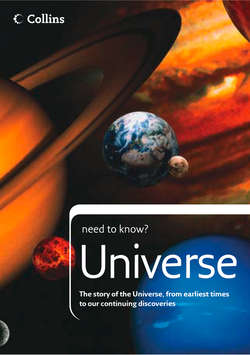Читать книгу Universe: The story of the Universe, from earliest times to our continuing discoveries - Peter Grego - Страница 42
Fertile minds
ОглавлениеMesopotamia actually means ‘land between two rivers’. The region is also known as ‘the fertile crescent’, its fertility being perhaps the source of the biblical Garden of Eden. Here, from around 4000 BC, the first complex human civilisations grew: first Sumeria, then the kingdoms of Babylon and Assyria.
Omens in the heavens were deemed of tremendous importance to the rulers of ancient Mesopotamia – all events visible in the skies were believed to take place for a reason, and it was the job of the astronomer-priests to note such events, predict them where possible and to interpret their meaning. Astronomical observations were deemed so important that they were preserved on clay tablets imprinted with cuneiform script – a form of writing made with narrow wooden scribes with tapered ends.
A flourishing sky lore also developed in Sumeria, in which ancient myths and legends were projected into the heavens, creating some of the constellations with which we are familiar today. Zodiacal constellations such as Sagittarius, Scorpius, Capricornus, Leo, Gemini and Taurus – areas of the sky through which the Sun, Moon and five planets were observed to travel – were devised by the Sumerians around 5,000 years ago. In addition to having a spiritual significance, the constellations had a practical use – their visibility throughout the year (notably the times of the year when certain constellations were first seen rising or setting) was used to mark agricultural seasons.
